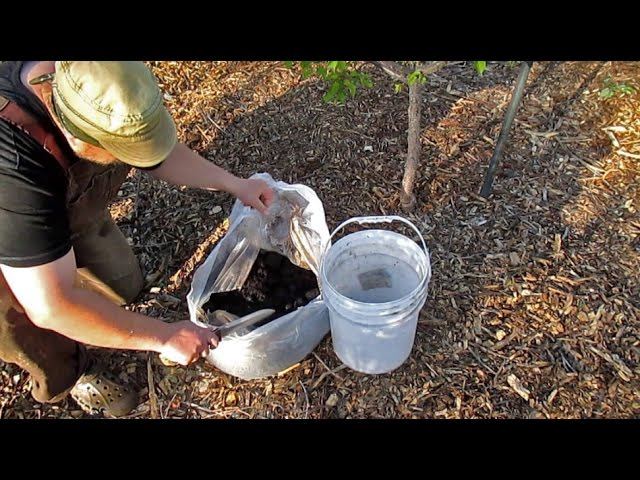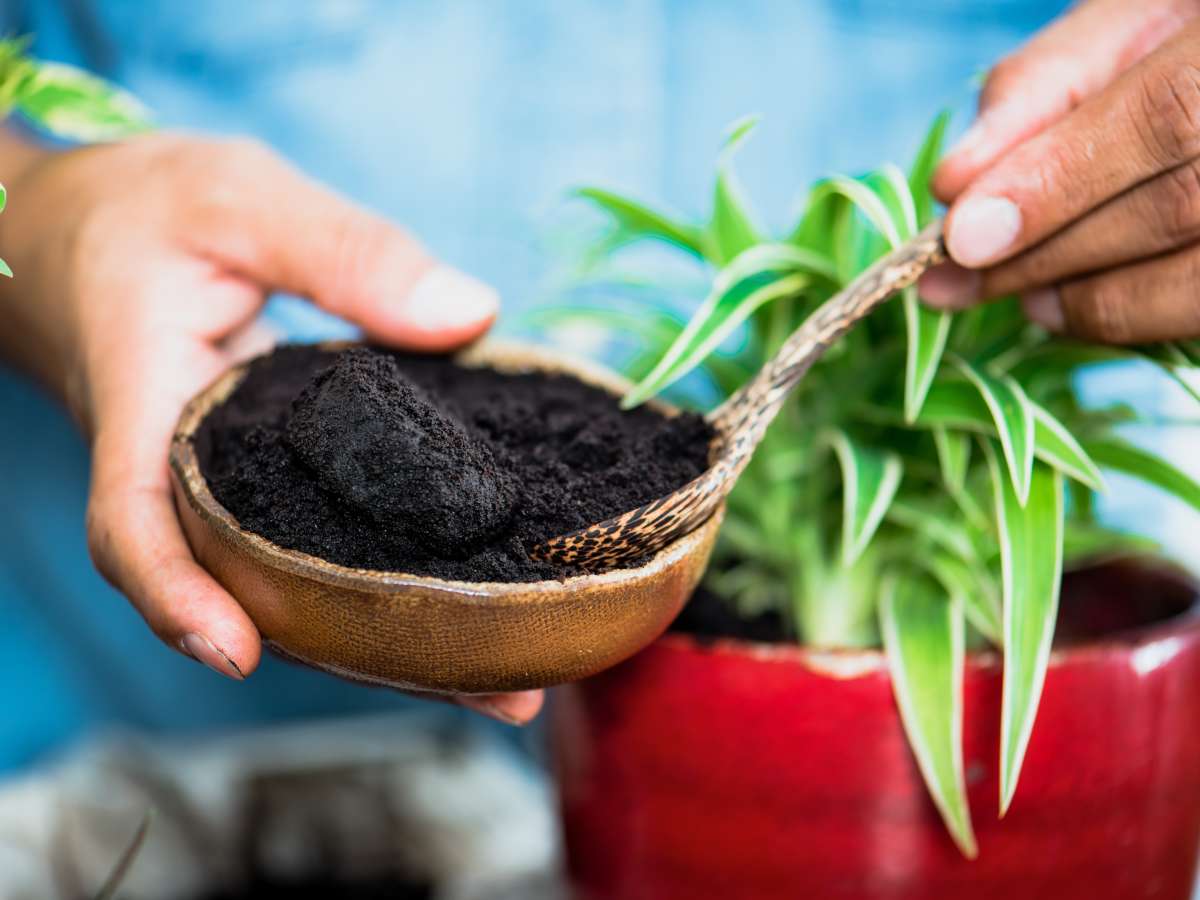By Amber Shidler
If you’re like me, coffee is more than a drink—it’s a ritual. The aroma, warmth, and caffeine are essential parts of my day. But what about those leftover coffee grounds? Instead of tossing them in the trash, consider this: coffee grounds can revolutionize your gardening game. They’re natural, free, and brimming with benefits. Here are ten practical and eco-friendly ways to use coffee grounds in your garden.
1. Enhance Your Compost
Coffee grounds are rich in nitrogen, making them an excellent addition to your compost pile. But remember, balance is key. Too much nitrogen can lead to a smelly compost pile, so pair coffee grounds with high-carbon materials like dried leaves, twigs, or sawdust. When balanced, coffee grounds accelerate the decomposition process, enriching your compost and, ultimately, your soil.
2. Mulch That Nourishes
Mulching with coffee grounds is a clever way to feed your plants. Hardwood mulch can deplete nitrogen in the soil as it breaks down, but coffee grounds, which contain about 21% nitrogen, help offset this. The nitrogen from the grounds breaks down faster than mulch, ensuring your soil stays fertile while aiding in mulch decomposition.

3. Say Goodbye to Slugs
Struggling with pests like slugs? Coffee grounds might be the solution. Create a barrier around vulnerable plants—like hostas and leafy greens—and watch as the gritty texture deters these slimy intruders. Reapply the grounds periodically for ongoing protection.
4. Improve Soil Structure
Coffee grounds are a win-win for improving poor soil. They attract earthworms, nature’s ultimate soil aerators, which help mix nutrients deep into the ground. Use coffee grounds sparingly in fertile soil, as too much can disrupt its balance, but in less-than-ideal conditions, they’re a transformative addition.
5. Fuel Vermicomposting
Worm bins thrive on variety, and coffee grounds are a fantastic addition. The worms love the grounds, but moderation is key. Combine grounds with other kitchen scraps to maintain a healthy, nutrient-rich worm bin.
6. DIY Compost Tea
No room for a compost bin? Make compost tea! Steep ½ cup of coffee grounds in 1¼ gallons of water overnight. Strain the liquid and use it as a natural, nutrient-packed fertilizer to give your plants an occasional boost.
7. Suppress Plant Diseases
Studies, including those from Washington State University, suggest that coffee grounds can help prevent fungal diseases like rots and wilts in plants such as tomatoes, cucumbers, and beans. Sprinkle a thin layer around the base of these plants as a preventative measure.
8. Achieve a Greener Lawn
Coffee grounds aren’t just for gardens—they’re great for lawns too! Mix grounds with horticultural sand and spread them over your lawn to aerate and fertilize the soil naturally, creating a lush, chemical-free green space.
9. Grow Your Own Mushrooms
Here’s a creative twist: use coffee grounds to grow mushrooms! Pearl oyster mushrooms thrive on coffee grounds, making this a fantastic way to turn kitchen waste into delicious homegrown food.
10. Exfoliating Hand Soap
Gardening can leave your hands rough and dirty. Reuse coffee grounds to make a natural exfoliating soap that cleans and softens your skin. It’s the perfect post-gardening treat.
Final Tips
While coffee grounds have many benefits, not all plants love them. Start small, experiment, and observe what works best in your garden. Every garden has unique needs, and your experience can shape the perfect approach.
Do you use coffee grounds in your garden? Share your tips and discoveries—we’d love to hear them!
This version simplifies the text while adding depth and flow, ensuring it leaves readers both informed and inspired.
